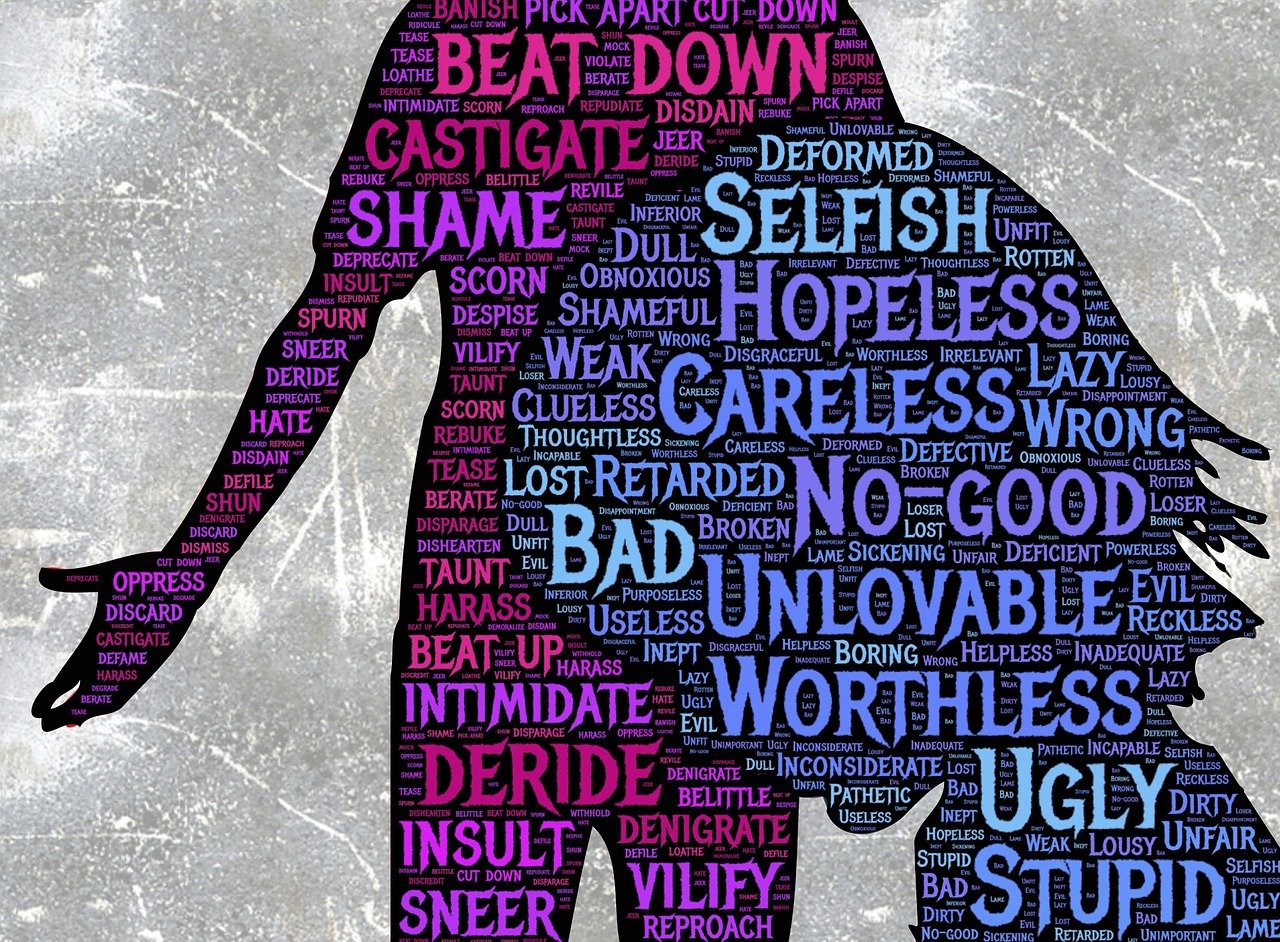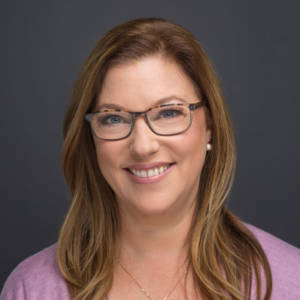It’s Child Abuse Awareness Month.
No one likes to think about child abuse.
So we’re largely silent about it.
Which creates a perfect condition for child abuse to thrive and proliferate.
Because abuse of all kinds thrives in silence and darkness.
And the cost of abuse on individual lives, families, and communities is massive, tragic, and preventable.
How big a problem are we talking about (and what does it have to do with therapy?):
Child abuse is staggeringly common and vastly underreported.
In the United States, more than 1 in 7 children experience abuse. In 2021 600,000 children were reported abused; the latest year for which we have data (but it was Covid). Obviously, many more never come to the attention of anyone compiling statistics.
More than 7 million US children are in the welfare system of care. Most abused children are abused by a parent. And foster care abuse is not uncommon either.
Child abuse is deadly: In 2021 (again, the most recent year for which we have data) an estimated 1,820 US children died from abuse and neglect. Neglect, in fact, is the most common form of abuse. And it’s one of the most difficult to recognize.
Abuse can be subtle, too – and this is really invisible. A parent looking the other way when the other parent abuses their child. Failing to provide emotional support or intervention to a child suffering with bullying at school. Psychological abuse. Constant criticism.
f you’ve heard of the term ‘Attachment’ (the life-sustaining phenomenon of security, bonding, and emotional safety that children ideally have with their primary caregiver), you can imagine the devastating effect of abuse and neglect on children into adulthood. As my clients often hear me say: childhood has a long shadow. The impact of our childhoods lasts our entire lives.
If you suspect your childhood has something to do with your adult problems (even if you don’t think of your family as abusive) – it’s worth learning about the different forms of abuse and neglect. Emotional neglect, physical and sexual abuse, and psychological or physical deprivation are all devastating to a developing child, and have lasting effects on the ability to form and maintain healthy, supportive relationships and fulfilling work.
And maybe you didn’t come from an abusive background (I hope that’s true for you) – but someone you love probably did. And that affects you too. Not to mention all the people you know less intimately – coworkers, neighbors, acquaintances. Abuse colors the very fabric of our communities.
You might start therapy knowing “something” is wrong – relationships aren’t working, you don’t like how you’re parenting, you’re stuck in bad patterns, you have anxiety or depression or poor self esteem. You might have passive suicidal ideation, hopelessness, or feel despair. Nearly everyone feels that they are the problem. And they come to therapy to fix themselves.
Over the course of creating a relationship with their therapist, feeling heard and supported, it’s not uncommon for a client to start to see certain facts of their childhood differently. Some clients start to ask themselves: was I abused? Neglected?
No one jumps into therapy talking about child abuse (despite how common it is). A good therapist knows it’s possible, but has an open mind. We approach it gently, gradually, and acknowledge a growing awareness of abuse if it was present. Acknowledging abuse is both painful and relieving for clients, as they come to terms with how the abuse still affects them today.
Healing from abuse IS possible. It’s worth the journey. And sometimes it’s hard. There is a saying: The truth will set you free, but first it will piss you off. The abuse is not your fault; healing from it is your responsibility (an inconvenient truth).
How do you heal?
Therapy with a knowledgeable, attuned therapist. Reading and reflecting on your own. Learning about abuse, and working on your growth. Surrounding yourself with healthy relationships.
That’s all good advice, whether abuse and neglect are part of your picture or not. Again, maybe you didn’t come from an abusive background (I hope that’s true for you) – but it’s almost certain that someone you love did.
The more we all know about abuse and the more we bring it out into the light, the more trauma-informed we’ll be in the future – and that will change the horrific numbers we see today. Abuse cannot thrive in the light.
Resources for Healing
All of the therapists here at Wolcott Counseling & Wellness are trauma informed and ready to work with you — wether you know you have healing to do, suspect you do, are love someone who does. We can see you in person here In N. Central Florida; we can see you online in FL and in Lisa Wolcott can also see you in California!
In the meantime, you can work on your own trauma-literacy and healing. Some of my favorite resources on abuse and neglect are the following:
Books:
Outgrowing The Pain, by Eliana Gil
- Outgrowing The Pain Together, a book for spouses and partners of adults abused as children, by Eliana Gil
- The Drama Of The Gifted Child, by Alice Miller
- Thou Shalt Not Be Aware, by Alice Miller
- Adult Children of Emotionally Immature Parents, by Lindsay Gibson
- You’re not the Problem: The impact of Narcissism and Emotional Abuse and How to Heal, Ramani Durvasula
- Complex PTSD: From Surviving To Thriving, by Pete Walker
- The Tao of Fully Feeling, by Pete Walker
- Healing Developmental Trauma, by Heller and Kammer
- A Shining Affliction by Annie G. Rogers
Tools:
ACEs Questionnaire, the Adverse Childhood Experiences measure.
This is a 10-item measure used to measure childhood trauma (and its effect on health outcomes).
https://americanspcc.org/take-the-aces-quiz/
The 13 Steps For Managing Emotional Flashbacks
Located in Pete Walker’s book on Complex PTSD (see above)
Follows @IG
@Nate_postelwait
@inner_child_chats
@Healing.and.cptsd
@igototherapy
@cptsdmedicine
@erins_law_foundation
Websites
https://www.nationalchildrensalliance.org/
https://www.cdc.gov/violenceprevention/childabuseandneglect/fastfact.html
https://www.ncbi.nlm.nih.gov/books/NBK459146/
https://preventchildabuse.org/
https://www.childhelphotline.org/
https://www.who.int/news-room/fact-sheets/detail/child-maltreatment
f you have other resources that have helped you, please send them to me so we can share! You can find me on Instagram @wolcottcounseling, or email me at lisawolcott.lcsw@gmail.com. And wear blue on Friday April 5 to show your support for survivors of child abuse!



